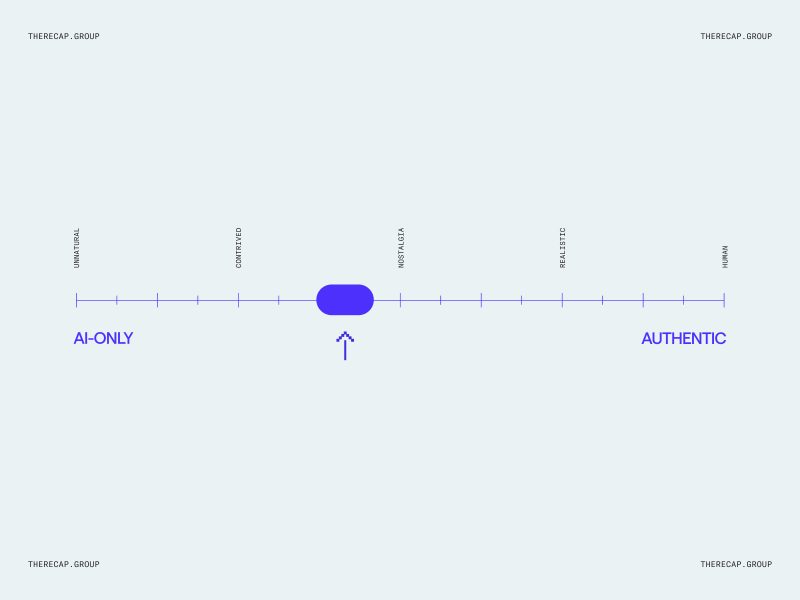Paid + Advertisement Tiers in Streaming – A disconnect with Gen Z

While streaming platforms have had some success by introducing ad-supported tiers to their subscription options, there is a growing resentment within consumers toward the model.
05.22.2025
While the negative impacts of this have yet to be felt, it could lead to a slew of issues including increased churn and less watch time. Could increasing the personalization of advertisements be the solution? For Gen Z, it very well could be.
Growing Frustration with Paid + Ad Tiers
A recent study by Tubi highlights a growing tension between consumers and the increasing prevalence of ads – specifically on paid tiers. According to the study, 79% of viewers believe that if they’re paying for a service, ads simply shouldn’t be part of the experience. This presents a critical challenge for streaming platforms and something to keep an eye on for media owners.
Major players like Netflix, Prime Video and Disney+ began introducing ad-supported paid tiers over the past 12-18 months, in part to make subscriptions more affordable. In a time when churn and viewing habits are highly volatile, consumers are increasingly asking: What exactly am I paying for? The perception that ads should be limited to free services remains strong, and streaming platforms risk further eroding trust and loyalty if they continue to blur this line without delivering clear value.
For media owners licensing content to these platforms, this shift calls for a closer look at where and how their content is being delivered. While ad-supported platforms may offer broader reach and wider exposure, the viewer experience (and, by extension, the value of the content) can suffer if audiences feel cheated.
Is Better Ad Targeting a Silver Bullet?
Another key insight from the Tubi study was that 73% of Gen Z viewers feel the ads they’re seeing on streaming services are out of touch with their preferences. This generation, raised on personalized digital experiences and hyper-targeted social media ads, expects relevancy. Streaming platforms, by contrast, are often lagging in this department, delivering generic ad loads that interrupt rather than enhance the viewing experience.
Could better ad targeting be the solution to the dissatisfaction with ad-supported paid tiers? If streaming services can adopt smarter, data-driven advertising similar to what social platforms offer, acceptance of paid + ads models could rise – especially among younger audiences. For media owners, aligning with platforms that invest in this kind of innovation may not only protect content value but also ensure long-term viewer satisfaction.
Ultimately, as ad-supported streaming grows, the quality and relevance of the ad experience will play a defining role. Media owners should be asking: Are the platforms I partner with enhancing or diluting my content’s value? Because as consumers demand clear value and personalization, the margin for error continues to shrink.
Source:
corporate.tubitv.com



